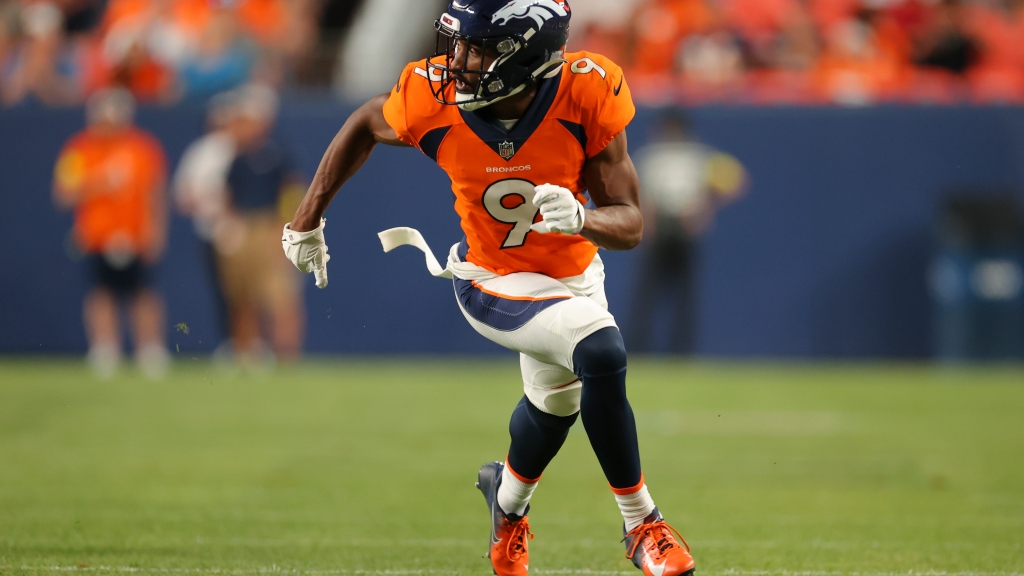

The great part about the Jumbo Formation is that you can either run the ball with a power running style or even throw short passes to tight ends or one of the running backs. He'll line up to one side of the field between the offensive tackle and tight end at roughly the same depth as the fullback. In addition to a tight end lined up on both sides of the offensive line, there’ll be an H-Back that’s also in the backfield. It features the quarterback lining up under center, with a fullback about three yards directly behind him and a tailback a few yards directly behind the fullback. This formation is mostly run out of the I-Formation. The Jumbo Formation again looks like it sounds - it brings a lot of extra big bodies on the field in hopes of converting a short-yardage situation. He'll head toward the guard behind the Fullback and look for an opening. In almost all cases, though, the quarterback will keep the ball himself and try to get the first down (or score the touchdown) by running. The quarterback will have the option of handing the ball off to the X receiver for a sweep. The H-Back and Fullback will run straight ahead and pick up any unblocked defenders, pushing them straight back. When the ball is snapped, all offensive linemen will be responsible for blocking the defenders opposite them to the right side of the field. The quarterback will be in shotgun, about 5-7 yards behind the center.īefore the snap, the quarterback will bring the X receiver in motion to the left side of the field. The Z receiver will line up wide near the sideline, and the X will line up between the Y and the Z, a few yards in the backfield.

The right side of the field will bring the Y receiver in tight to the line. They’ll line up just off the right shoulder of the guard and tackle, and only about 1-2 yards behind back. On this play, you’ll bring in a Fullback and an H-Back who’ll both line up to one side of the field (in this instance, on the left).

This is the main staple of the Hammer Foundation. Let's take a look at some of the best short-yardage football plays for a few of the most common and popular offensive formations. It's important that you as a coach understand this and cater your go-to short-yardage plays to not only your personnel but your base offensive formation as well. The plays you’ll turn to in these situations depend on the base formation of your offense.įor example, you’ll often run different short-yardage plays to gain a first down or score a touchdown in an I-Formation offense than you will in a Spread Offense. In almost all cases, though, these will be plays that are designed to gain a few yards, not long passes that require receivers to run deep routes down the field. They can be misdirection runs or play-action passes. These football plays can be both passes or runs. These plays should have a high success rate for successful conversion, and your team should have mastered all the assignments of that particular play. If you're in such a situation, you as the coach must have a few solid football plays in your back pocket that you know you can turn to. The team that’s more successful in converting - either the offense or the defense - is the one that has a leg up in winning. Often, the result of these crucial plays is what determines the game’s outcome. Or you might be near the other team's goal line and just need to move the ball a few yards for a touchdown.įootball teams face these situations all the time in a game. You might be facing third-and-short and just need to punch a few yards forward to get a first down and keep the drive going. It's a crucial time in the football game, and your team is on offense.


 0 kommentar(er)
0 kommentar(er)
